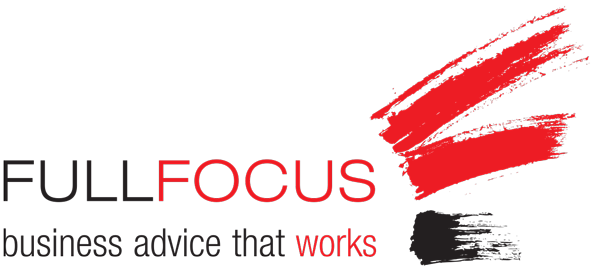 If your business is like most, you don’t get paid upfront in cash. Relying on issuing invoices to your customers means it’s vital to speed up the time it takes to get paid. This is a key issue in managing your cash flow.
If your business is like most, you don’t get paid upfront in cash. Relying on issuing invoices to your customers means it’s vital to speed up the time it takes to get paid. This is a key issue in managing your cash flow.
Here are 7 ways that may help get your invoices paid faster and improve your cash flow.
1. Upfront Expectations
We recommend letting your customers know about your payment terms at the start. Put them on every Engagement Letter, Proposal or Terms of Trade document. This ensures you set the right expectations from the start and there are no surprises when it’s time to pay.
2. Clear Invoices
Make sure your invoices restate your payment expectations. It’s important that very clear guidelines are set and reinforced with your customers.
- Set Payment Terms
Tell your customers when you expect them to pay, listing the due date on your invoice. If you don’t get paid on the spot, you may decide to offer 7 day or 21 day terms. Providing options such as this can have you get paid quicker than not offering terms at all. - Different Payment Methods
You could consider offering different payment methods. The easier you make it for your customers to pay, the quicker they’ll pay you. Most businesses rely on direct credit as the main option. But it might be worth looking at other methods such as Paypal. You could also consider online Credit Card Merchant facilities etc. - Send Invoices Fast
As soon as you finish a job or get to a key invoicing milestone, make sure to send out the invoice immediately. Your customers won’t pay if they don’t have your invoice.
3. Incentives & Penalties
You can also offer incentives and set penalties. This will encourage your customers to pay on time or earlier.
- Offer early payment discounts
This usually works if you currently offer 30 day terms (or longer). You could offer a discount for payment within 14 days. To be effective, it helps to add the details of the discount on the invoice, ie. the $ amount to pay after discount, and the date they need to pay by to get the discount. - Impose late payment penalties
Don’t be afraid to tell your clients that late payment will incur late fees. You could state this on your invoice as well as your Terms of Trade.
6. Follow Up
After you send the invoice, you should be persistent about getting paid. This is often better done by someone other than yourself (an outside third party). If you do it, you could risk compromising your relationship with your customer.
- Send out reminders
You can email or text your customers to remind them about your invoice. Three follow-ups is a good number: 2 days before due date reminder; 1 day after due date reminder; 7 days after due date reminder. - Face-to-Face
There’s nothing more difficult than saying “no” to someone face-to-face. The same applies for your customers when you ask for payment. But make sure you don’t arrange a customer meeting only to chase up payment. Instead, you can find many other reasons to be in touch with your customer. When you’re there, you can drop in the payment question during the meeting.
You can also think about using technology to save travel time. A Skype video or Zoom call works well here.
7. Follow Through
There is no surer way to end up with a long list of overdue debtors, than if you don’t follow through on your payment terms. Hard as it may seem, if you’ve said there’ll be a late payment penalty, then you need to impose it. The same as you would honour any discount for early payment.
